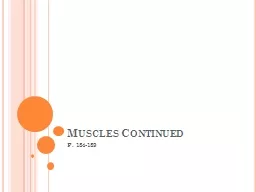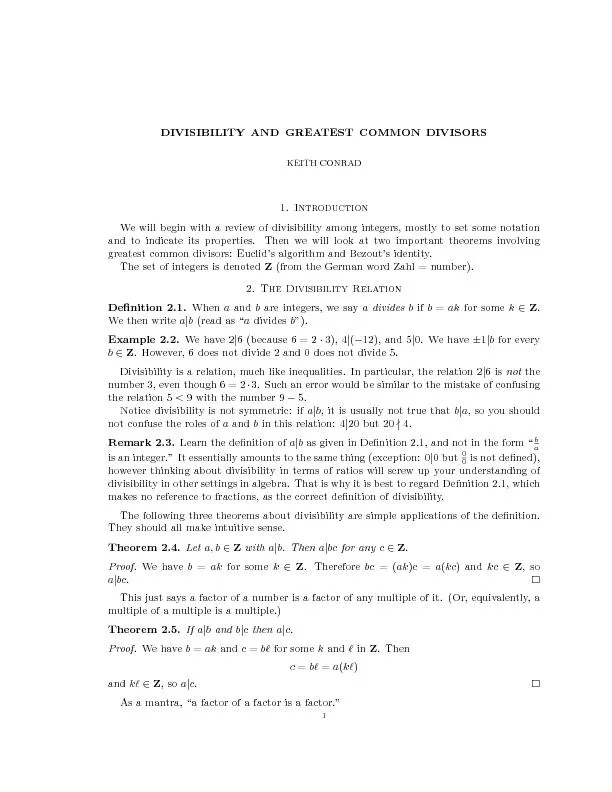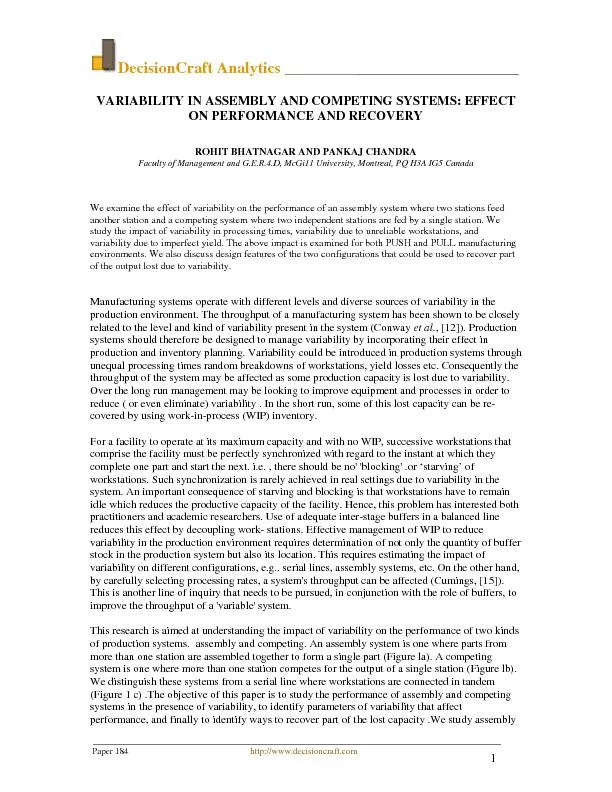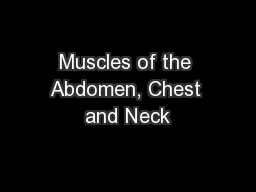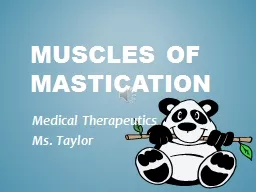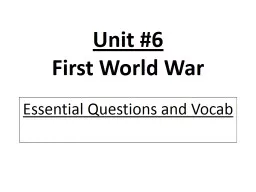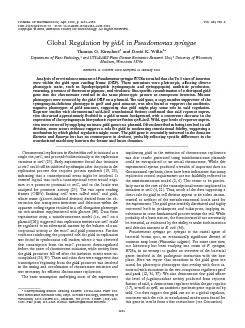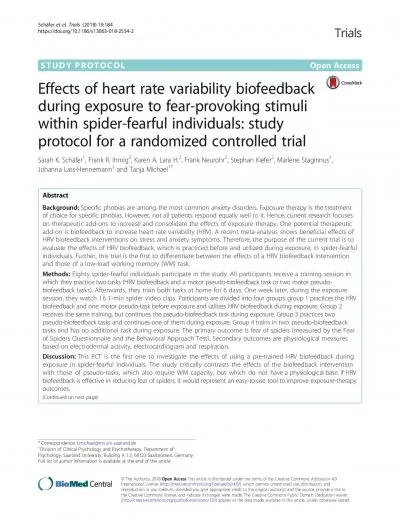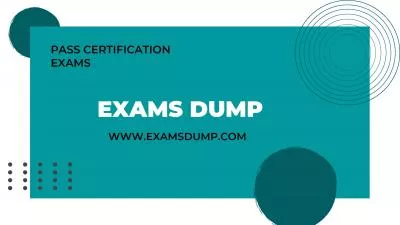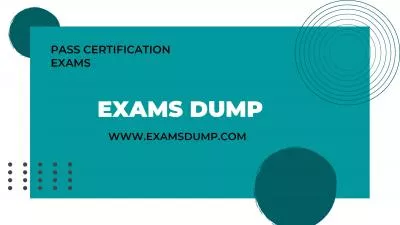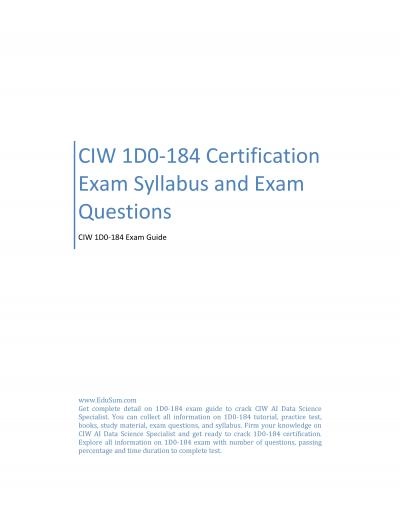PPT-Muscles Continued P. 184-189
Author : byrne | Published Date : 2022-06-15
Energy Sources for Contraction ATP is the supplied energy for muscles Can only supply enough for a short period of time ATP is generated from Creatine Phosphate
Presentation Embed Code
Download Presentation
Download Presentation The PPT/PDF document "Muscles Continued P. 184-189" is the property of its rightful owner. Permission is granted to download and print the materials on this website for personal, non-commercial use only, and to display it on your personal computer provided you do not modify the materials and that you retain all copyright notices contained in the materials. By downloading content from our website, you accept the terms of this agreement.
Muscles Continued P. 184-189: Transcript
Download Rules Of Document
"Muscles Continued P. 184-189"The content belongs to its owner. You may download and print it for personal use, without modification, and keep all copyright notices. By downloading, you agree to these terms.
Related Documents

